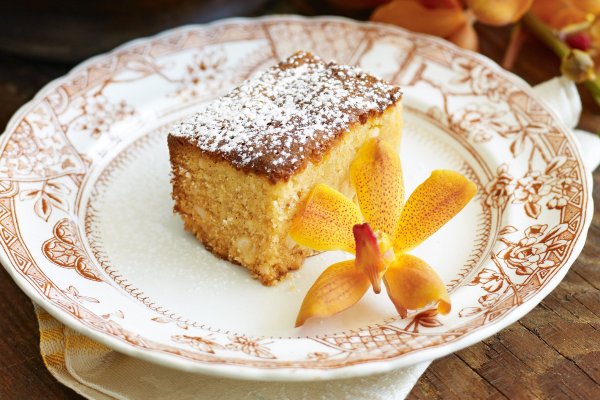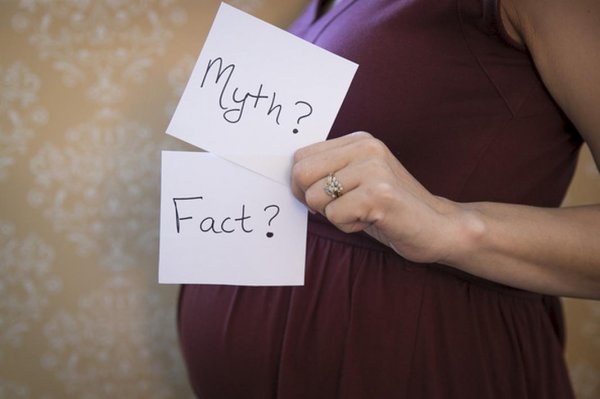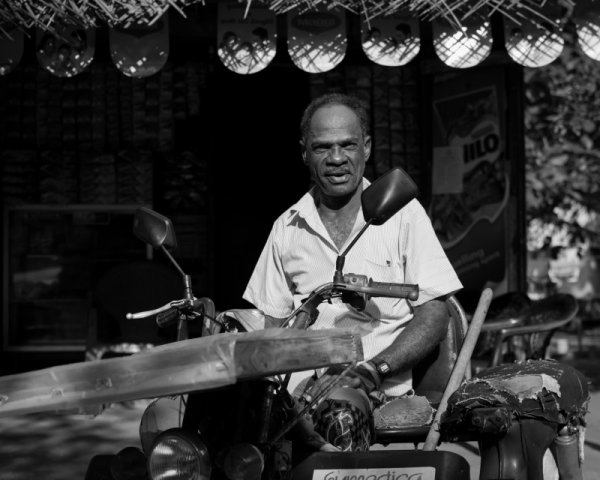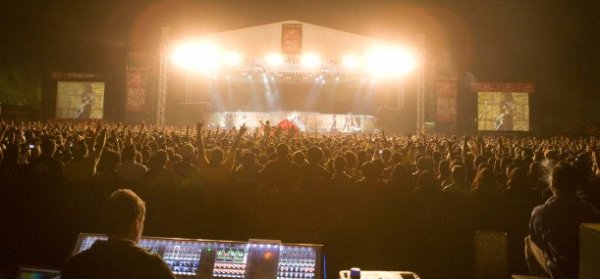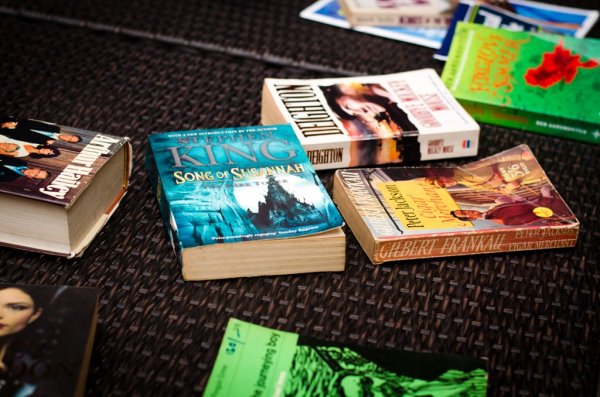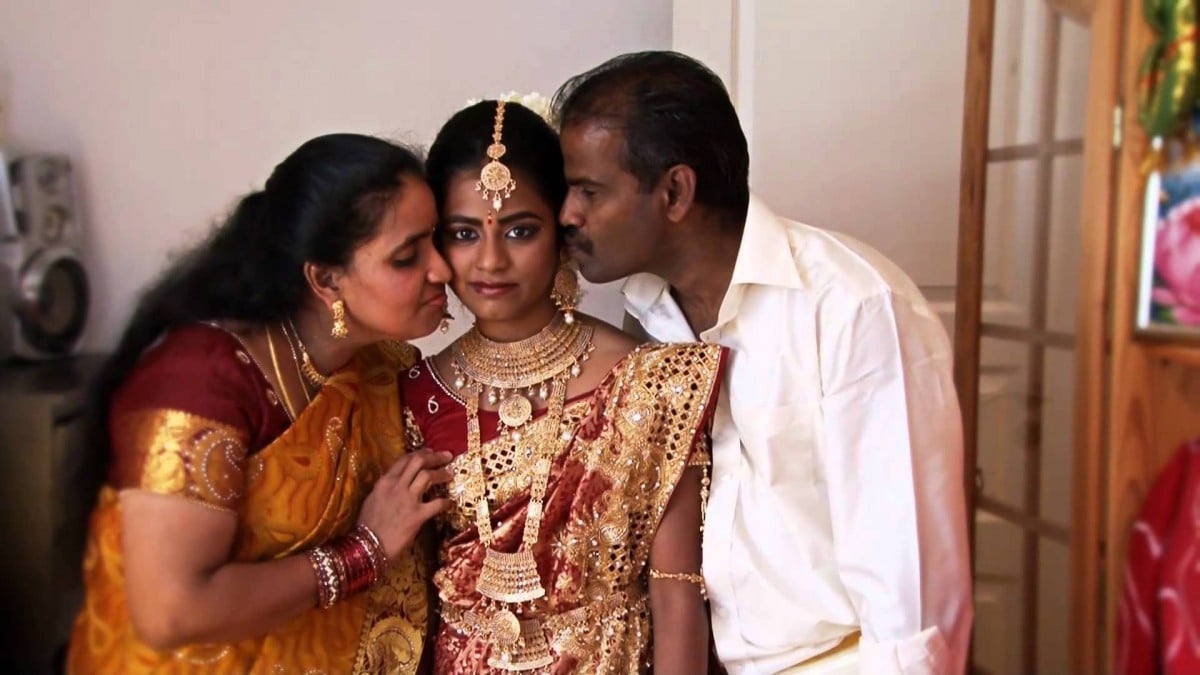
In Sinhalese, the ‘coming of age’ of a girl is known as kotahaluweema. While the term may be unfamiliar to some, the rituals it entails are all too familiar to a majority of Sri Lankan women.
What Are The Origins Of Sri Lankan Puberty Rituals?
Our puberty rituals are ancient, and as such, their historical origins are hard to establish. However, there are a number of legends, which have, over the centuries, been woven around these rituals, that have helped to add a sense of historic and/or spiritual significance to them.
One such legend involves the rite of passage rituals practiced with regard to the daughter of Maha Sammata, who is the first monarch of the world according to Buddhist tradition (whose reign was 11 trillion years BP).
Another legend involves a giant named Nila who served King Gajabahu I (113 AD) in Anuradhapura. What, you may ask, does a giant have to do with young girls and puberty in Sri Lanka? The answer is that as a result of some amazing feats performed by Nila against the Chola Kingdom, Nila became a deity famous for his strength. Accordingly, his power came to be invoked at kotahalu yaagayas, i.e. the ritual that is performed by the village kattadiya, on the advice of an astrologer, when a girl gets her first period but is faced with the evil effects that result from a negatively influenced auspicious time or nekatha. The kotahalu yaagaya is performed to save the girl from such evil effects.
Nila Deva’s mother being from the “washer-caste” is said to be the reason why a “washer woman” or redi nenda is involved in the pubertal bathing ritual of girls in Sri Lanka, even today.

Woman from the “washer-caste” of India – Image courtesy content.stg-openclass.com
The Veddas of Sri Lanka believe demons relish blood and flesh. Since blood occupies a prominent position in the case of puberty, an effort is taken in the Vedda community to avoid, or subdue, the anger of the demons during the time of a girl’s first period. Curiously, this practice is one that has been adopted into Sinhala culture.
What Are The Main Puberty Rituals Practiced In Sri Lanka?
Although the practices differ from region to region, and community to community, the majority of Sri Lankans, very specially those from Buddhist and Hindu backgrounds, are likely to be able to relate to the following basic rituals, at least to varying degrees:
The Astrologer
It is not as uncommon as one might imagine for a Sri Lankan mother to consult the family astrologer immediately upon receiving the news of her daughter having commenced her first period. The mother is expected to provide the astrologer with information such as the time and place of the event, as well as the colour of her daughter’s dress at the time of the event, so that the astrologer may, in turn, provide her with a forecast of her daughter’s future, and most importantly, the auspicious time for performing her pubertal bathing ritual, and what colour she should wear immediately after this ritual.
Seclusion
Upon discovering the commencement of her first period, the girl is made to stay in a room away from the normal traffic of the house until the time comes for her bathing ritual. It is believed that the reason for seclusion is to protect the girl against evil spirits, which she is said to be particularly vulnerable to at this point in her life. In some cases, the girl is given a metal object to place under her bed, so as to ward off evil spirits. During her time of seclusion, the girl is prohibited from interacting with men and boys.
Seclusion as a puberty ritual is hardly unique to Sri Lanka. Studies show that this ritual is practiced in parts of India, Afghanistan, Japan, Polynesia, Colombia, the Andaman Islands, New Guinea and Central Africa.
Dietary Restrictions
Until the date of the ritual bathing, the girl’s daily diet will usually consist of bland vegetable preparations with rice. According to Tamil tradition, it is believed that raw eggs and gingerly oil strengthens the womb and balances body heat. “Rich foods,” including any form of meat and fried food items, are strictly prohibited. The reasons for this are curious. On the one hand, such food is believed to be too hard for the girl to digest amidst all the dramatic changes taking place in her body, while on the other hand, these foods are believed to attract evil spirits upon her. Interestingly, the Veddas of Sri Lanka did not apply dietary restrictions at puberty, and in fact, there are records of young girls on their first period being fed hunted meat and honey in ancient Vedda communities.
Symbols Of Fertility
Before performing the pubertal bathing ritual, the girl is taken to look at a tree that exudes a milky sap when cut. She is also made to stand on a mat sprinkled with unhusked rice. Both the oozing tree and the unhusked rice are symbols of fertility. They are meant to provide good omens vis-à-vis her entry into womanhood, and her projected role as wife, and mother.
Bathing Ritual
A clay pot or kalaya is filled with water and sprinkled with jasmine flowers. This is poured over the girl seven times as she sits on a wooden stool, usually facing a particular direction, on the advice of the family astrologer. It is believed that kili (a contaminant that is thought to be around women when they menstruate) is eradicated in this way. The pubertal bathing ritual concludes with the dashing of the kalaya to pieces. In some instances, the redi nenda bathes the girl and breaks the kalaya. In such instances, the redi nenda is given all the clothes and jewellery worn by the girl, prior to her being adorned in new clothes and jewellery. In Tamil/Hindu tradition, the girl is bathed in saffron and milk.
Gold And New Clothes
Once the girl completes the bathing ritual she is dressed in new clothes and is made to wear ancestral gold jewellery. In Tamil communities, the girl is made to wear a saree for the first time, symbolizing her passage into womanhood, and a priest is invited to her home to perform a religious ceremony amidst family.
Coconut Reading
(Yes, there is a coconut in every Sri Lankan story!): The girl is made to exit the house from a back door and re-enter from the main front door, symbolising her new role as a woman. At this pivotal point, an older male relative will hold an unhusked coconut in front of her and bash it open with the blunt edge of a knife. The manner in which the coconut splits (equal halves or unequal halves, more water in one half than the other etc.) is said to indicate good or bad omens regarding the girl’s future.
The Party
Known as the kotahalu mangalya in Sinhala and as the poopunitha neerathu vizha in Tamil, a joyous celebration is held to mark the occasion. It is believed that the kotahalu mangalya was held historically to announce to the community that there was a young woman of marriageable age in their midst. A full traditional Sri Lankan meal is laid out, from kiribath to curries and kokis, from bananas to hot tea. All this while the subject of the celebrations sits demurely in the midst of it, accepting gifts of cash and gold from relatives and neighbours she may never have seen before in her life.

Traditional Sri Lankan food – Image courtesy timeout.com
In Tamil communities, it is not uncommon for the girl to receive gifts of gingerly oil and brinjals, in addition to gold. Furthermore, it is somewhat of a modern trend to make the poopunitha neerathu vizha a lavish affair held at a reception hall, complete with professional photography and choreographed dance items.
What About Non-Buddhist/Hindu Sri Lankans?
Although there are regional variations, the practice of Sri Lankan puberty rituals by Buddhist and Hindu communities have many similarities, as they are drawn from beliefs that are common to or can be accommodated within the confines of both religions.
There are no traditional puberty rituals applicable to Christian and Muslim communities in Sri Lanka. That being said, several Christians (from Sinhala, Tamil, and Burgher backgrounds) as well as Muslims we spoke to, stated that they did follow certain puberty rituals, such as seclusion, dietary restrictions, elements of the bathing ritual, the tradition of gold and new clothes, and of course—the party. It appears that these traditions are followed as cultural practices in these instances.
Those we spoke with were careful to emphasise that their communities did not practice certain aspects of the puberty rituals, such as consulting astrologers, splitting coconuts, warding off demons with metal objects, etc. They also stated that as a general rule, the rituals they did follow were not strictly adhered to, and were not considered to have spiritual significance.
It is our understanding that a small minority of Sri Lankans, largely drawn from the Christian and Muslim communities, do not practice puberty rituals at all.
The Future Of Sri Lankan Puberty Rituals
While the puberty rituals practiced in Sri Lanka may be somewhat indigenous to our culture, the idea of recognizing rites of passage, in general, is one which exists in many other cultures.
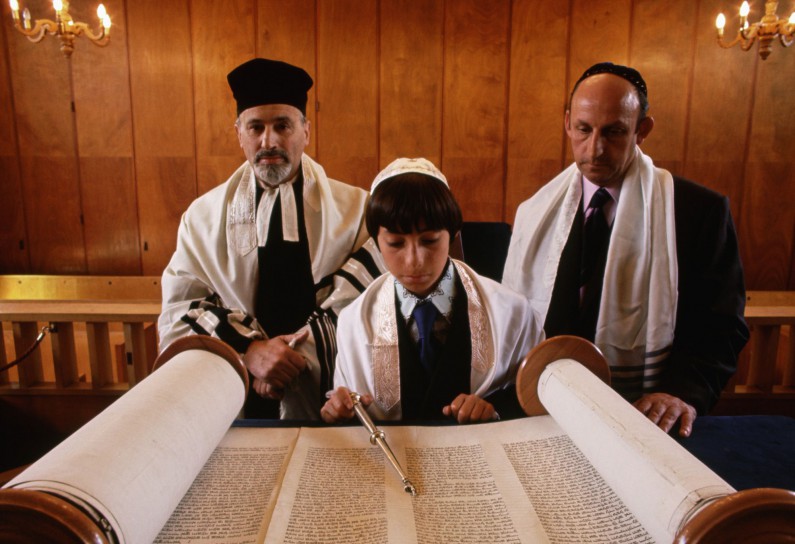
Bar Mitzvah ceremony for a Jewish boy who has reached the age of accountability – Image courtesy thoughtco.com
It is worth noting that although western cultures do not generally have puberty rituals, there is a certain amount of scholarship emerging from the West in support of creating means of recognising rites of passage (even for males)—albeit in private settings. While it cannot be said that definite “rituals” are emerging, it appears that there is a slight move towards acknowledging the importance of the change of season that is marked by puberty.
From an anthropological point of view, it is said that rites of passage are more pronounced and more publicly practiced in rural cultures. This is a possible explanation for the decline of certain puberty rituals (such as the kotahalu yaagaya) in urban Sri Lanka.
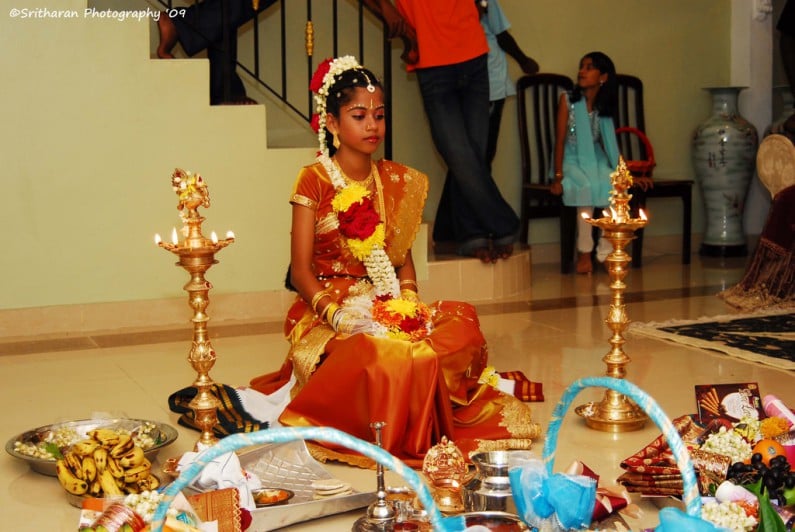
Puberty ceremony in India – Image credit http://picssr.com/tags/kirrashini/interesting
While some argue that as Sri Lankan society becomes more globalized, through education and exposure, it will see a further decline in practices such as the rituals associated with puberty, others perceive that a Sri Lankan identity has been established in such practices, which cannot —and should not—be shaken off.
Whichever the case may be, it is safe to conclude that Sri Lankan tradition is derived from and shaped by a deep-rooted set of beliefs. There is plenty of significance even in the tiniest customs which form part of life in Sri Lanka.
[Sources include ‘Puberty Rites For The Sinhalese Female’ by Deemathie W. De Silva; ‘Puberty Ritual Of Veddas’, and ‘Kotahalu Yaagaya’ by Professor Yasanjali Devika Jayatilleke]
Cover Image courtesy: youtube/saaraahvideostudios

